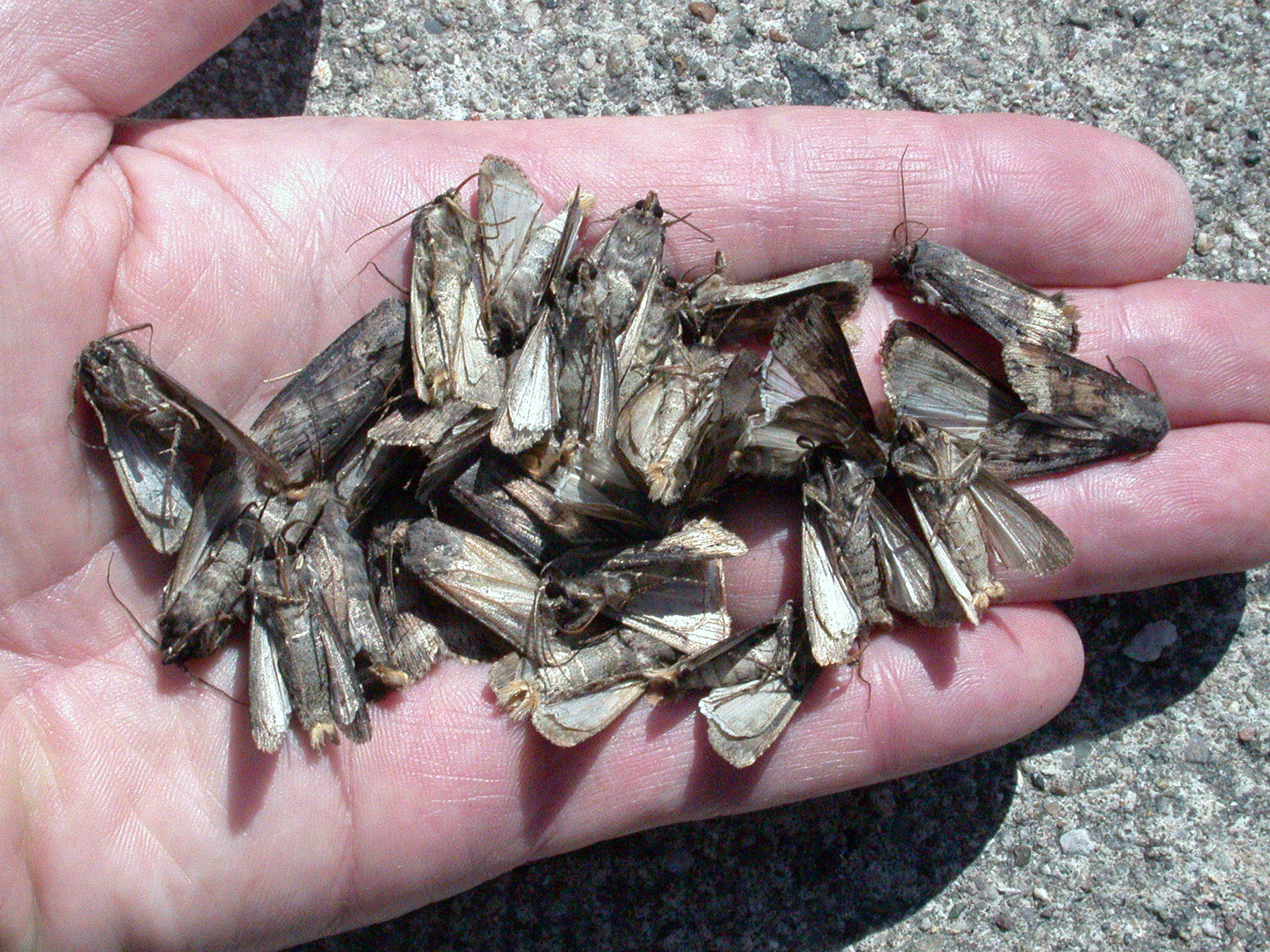In looking over the black cutworm pheromone trap reports, it is obvious that many moths have arrived into areas of Indiana. This, coupled with a delayed planting season, increases the likelihood that high-risk fields may experience damage. Still at this point, many variables must perfectly align for these pests to cause a stir in Hoosier fields.
First, understand that eggs are now just being laid on preferred plants, that being winter annual broadleaves (e.g., chickweed, dandelion). Currently, those fields are in abundance because of the current wet conditions. After hatch, which takes about a week, the young larvae are most vulnerable to natural and man-made events. They are very prone to dramatic weather events, e.g., freezing, and natural enemies, e.g., ground beetles. They need a constant and healthy food source, only available if field work/herbicides continue to be delayed for multiple weeks. Their death rate, even under ideal conditions, is very high.
Monitoring moth arrival, and numbers captured, is an inexact science. We cannot predict with certainty that high moth counts will equate to high pest damage. Instead, it is best to understand the pest and how the next few weeks unfold. Should the moth flight continue at this pace AND fields remain untouched, then you might better understand why future articles might sound as though the “sky (or moths) is falling.”
Happy Scouting!



